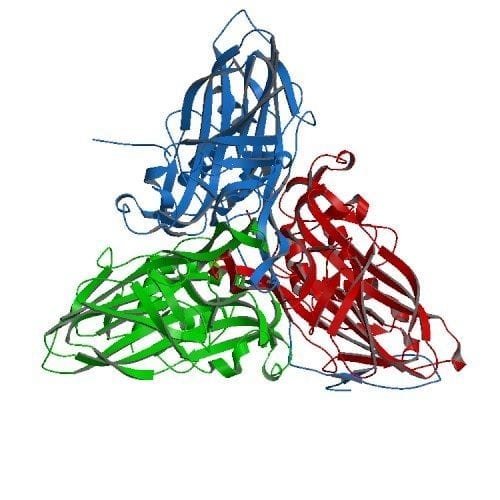The General Infection of 2020
As epidemics go, the General Infection of 2020 pales into insignificance alongside the swine flu pandemic of 2009.
But not for the citizens of the UK. For them the recent General Infection has been all-consuming; a truly widespread outbreak with possibly far-reaching consequences. Professor Broughton-Delirium was glued to his TV set throughout the finals stages of the epidemic, fascinated by the epidemiological drama unfolding in front of his eyes. Of course, this had absolutely nothing to do with the fact that he is at his most secure surrounded by cultures of dangerous microbes, locked away from the world in his basement laboratory. The Ameritous Professor has a fascination with maps, and sees graphic evidence of at least three, possibly four distinct viruses at play.
The rubivirus which caused major epidemics in 1945 and 1997 remains the dominant infection in the major urban centres, indicating a reliance on high population density. Broughton-Delirium believes it is directly transmitted and benefits from overcrowding or other indicators of poverty. The rurivirus not only remains the dominant infection through much of the UK outside the main urban centres but has encroached on territory previously dominated by the rubivirus, including the leafier, relatively well-heeled suburbs of major cities. Broughton-Delirium believes this is due to increasing levels of herd immunity following the General Infection of 1997, asserting that a particularly successful virus with a high attack rate is often followed by increased resistance in the infected community. The General Infection of 2010 therefore marks the end of rubivirus dominance since 1997, which in its own way ended a long period of rurivirus dominance.
If it were just down to the interplay between two major politivirus species, the course and outcome of the 4-5 yearly epidemics would be more predictable. However, there is at least one additional virus family to complicate the epidemiology; the aurovirus. The Professor commented that apart from a flew tiny flecks of gold scattered among the normal stamping ground of the rubi- and ruriviruses, the principal territory of the aurivirus is the so-called Celtic fringe, down the west coast of the UK and right up in the north. Broughton-Delirium is skeptical of any suggestion that events 90 years or more ago might have any bearing on the current epidemic. He points out that the emergence or re-emergence of the aurivirus as an epidemic force needs an alternative hypothesis. This was clever, because one of the features of aurivirus infection is a pred –election for alternatives. However, Broughton-Delirium’s hours of poring over epidemic maps led him to observe that the aurivirus is an infection most prevalent in the wetter parts of the UK. As the aurivirus is clearly a type of flavivirus; the virus family responsible for dengue and yellow fever, it is possible that the aurivirus is vector-borne and therefore an arbovirus. Clearly not a function of Aedes mosquito distribution, since these places are most definitely not tropical. But you have to wonder if this infection might be maintained long term in a local animal population and transmitted by an insect vector. This is obviously speculative.
Interestingly, the aurivirus is an RNA virus capable of recombination. It is quite possibly a form of dependovirus, a little like the delta agent which enhances hepatitis B infection.
This may explain the emergence of an unprecedented aurivirus/ rurivirus co-infection. The features of this new infection are only just beginning to emerge: fevered enthusiasm, financial headaches and unsuppressed optimism. Broughton-Delirium rather acidly remarked that this level of viral recombination is likely to lead to epidemiological instability, with further outbreaks in coming years, especially if the golden opportunity for an aurivirus toe-hold on the electoral landscape turns into jaundice. After all, the few pockets of infection with the independovirus are notable close to much of the aurivirus heartland, and this fourth type of politiviral infection is well known to cause headache with jaundice. It will be fascinating to follow the results of epidemiological surveillance polls in the coming weeks, noting their manifest lack of accuracy in predicting the outcomes of General Infections.



